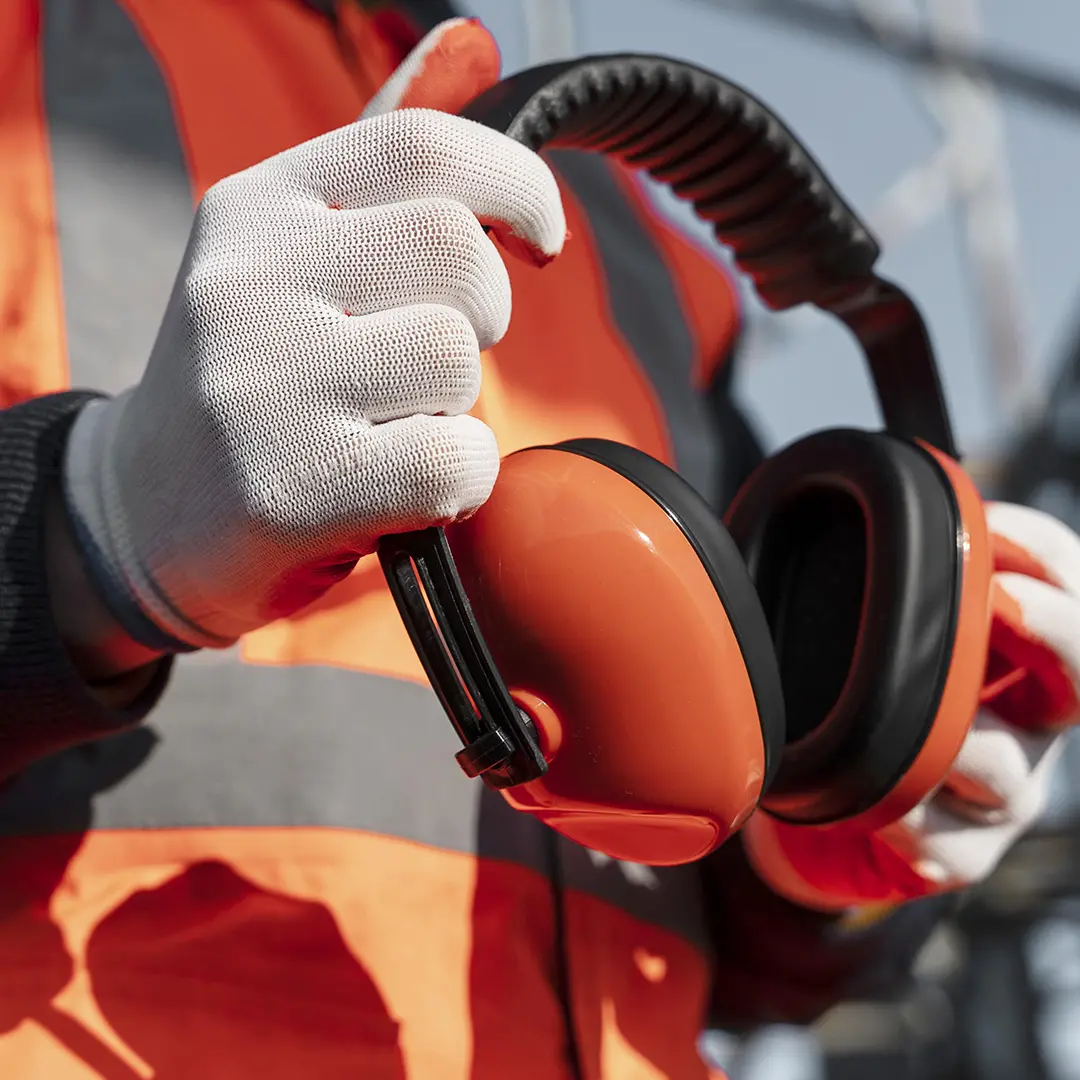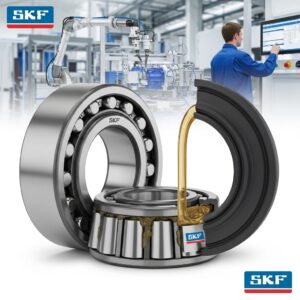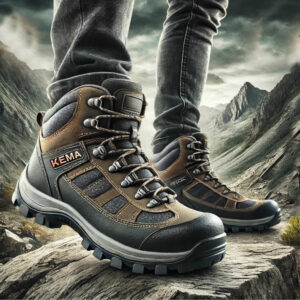Personal Protective Equipment (PPE) refers to any type of equipment worn to protect against hazards encountered while working at a job site. PPE is used to prevent exposure to hazardous materials that may cause injury or illness such as chemicals, biological agents, heat stress, radiation, electrical hazards, and other dangers. There are many types of personal protective equipment that are used in different industries and settings. The most common types of PPE are discussed below:
Basic types of PPEs
- Face and eye protection
This type consists of safety goggles, spectacles, visors, and face shields and should be worn for tasks that could result in eye damage or loss of vision, such as poisonous liquid sprays, splashes, and burns.
- Respiratory protection
PPE such as full-face respirators, cartridges, filters, filter pads, self-contained breathing apparatus, gas masks, N95 respirators, and surgical masks belong to this group. These are worn when performing an activity that could result in the inhalation of dangerous elements. This includes dangerous gases, chemicals, large-particle droplets, sprays, splashes, or spatter that could include viruses and germs like COVID-19, viral infections, and more.
- Head protection
Hard hats, hair mops, hairnets, bump caps and safety helmets are examples of personal protective equipment (PPE) that should be worn when performing duties that could result in a force or object falling on the head.
- Body protection
Reflective vests, life savers, coveralls, safety gowns, and spray suits are examples of body protection gear. They can be used for work involving extreme temperatures, flames and sparks, hazardous chemicals, insect bites, and radiation, among other things.
- Hand protection
Majorly this category consists of gloves that are worn when performing tasks that could result in hand and skin burns, absorption of hazardous substances, wounds, fractures, or amputations.
- Foot protection
Knee pads, shoe covers, anklets, gumboots, and safety boots are examples of PPE that should be worn for tasks that could result in catastrophic foot and leg injuries due to falling or rolling objects, hot liquids, and snake bites, electrical hazards, or slippery surfaces.
- Fall protection
PPE, such as safety harnesses, fall arrestors, and lanyards, should only be utilized for tasks that involve falling from great heights and resulting in significant injury or death.
- Hearing protection
This category is utilized in workstations where there is a risk of developing hearing problems and loss of hearing. Examples include earmuffs and earplugs.
Looking for PPEs? Shop on our website at www.kema.co.ke





